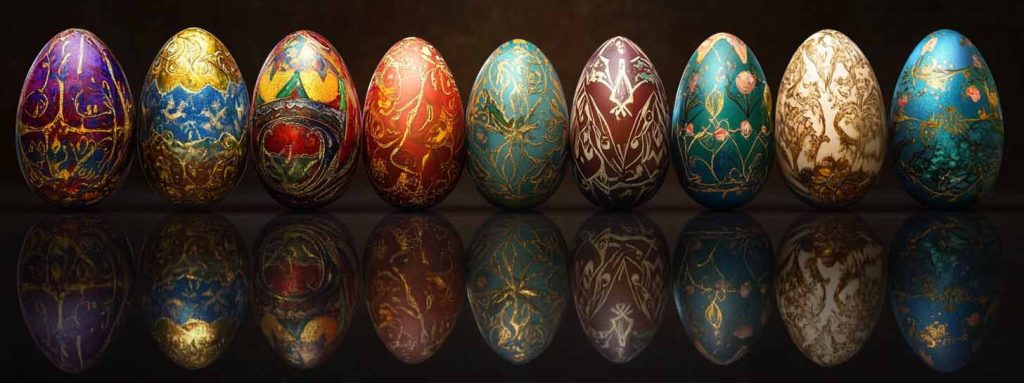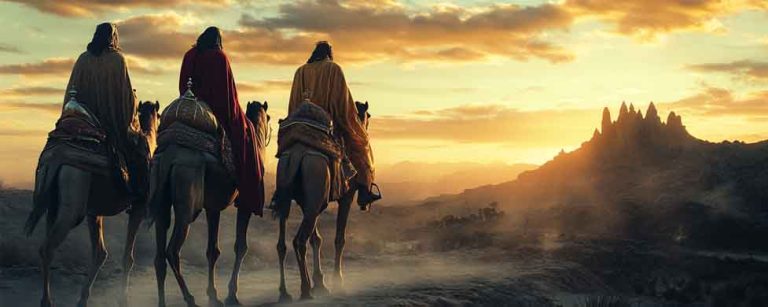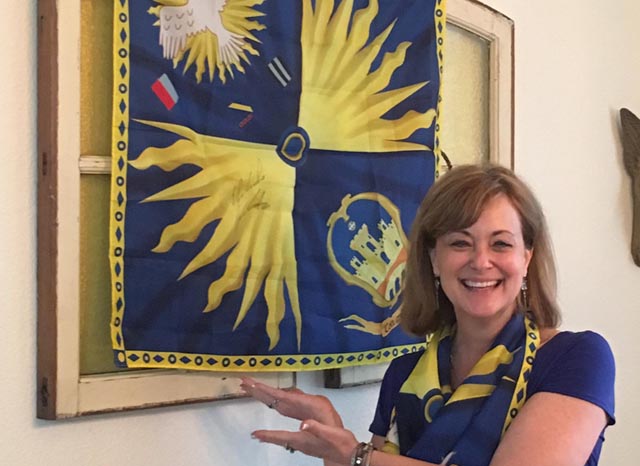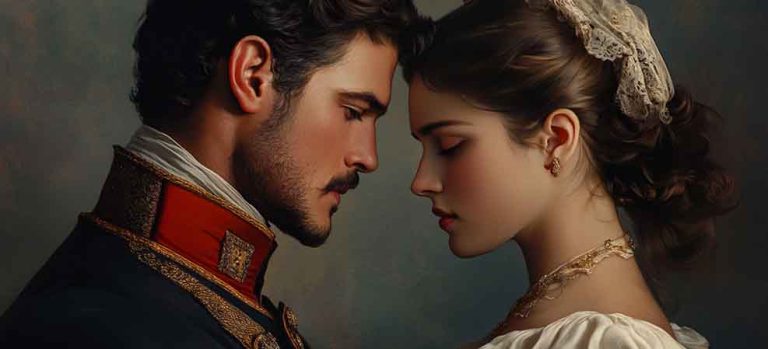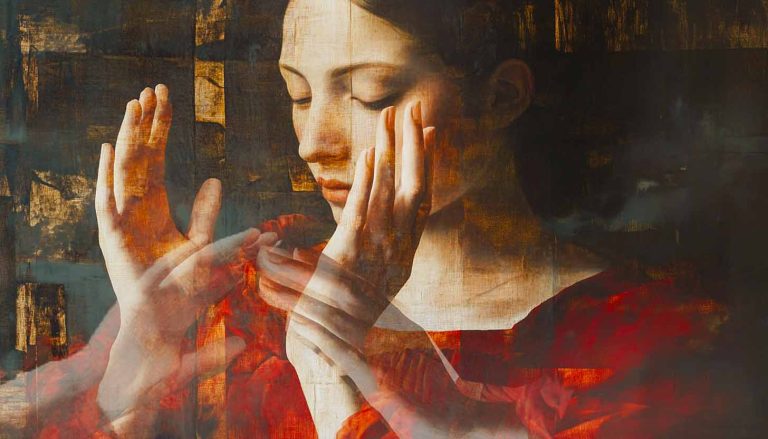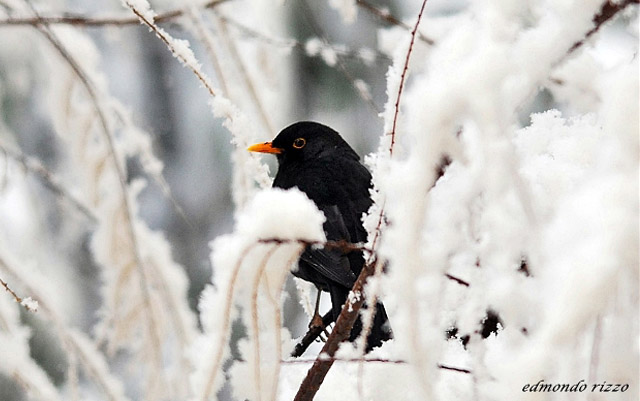
You’ve Gotta Break a Few Eggs to Make a Masterpiece
From Shell to Showstopper: How Easter Eggs Became Works of Art
If you’re anything like me, decorating Easter eggs is one of your favorite traditions at this time of year. Ever since I was a little girl, I’ve embraced the creativity of the season—dyeing, staining, applying intricate wax designs, and even carefully blowing out yolks and egg whites to hand-paint delicate shells with watercolors and acrylics. One particularly treasured set of these delicately crafted eggs was lovingly preserved by my mother, who displayed them year after year in a special Easter basket.
These days, I’ve turned to creating digital Easter Eggs! Below, you’ll see just a few of my “artsy” graphic eggs—each inspired by famous masterpieces throughout art history. Can you identify the artist and the original artwork represented by each egg? Leave a comment and let me know!
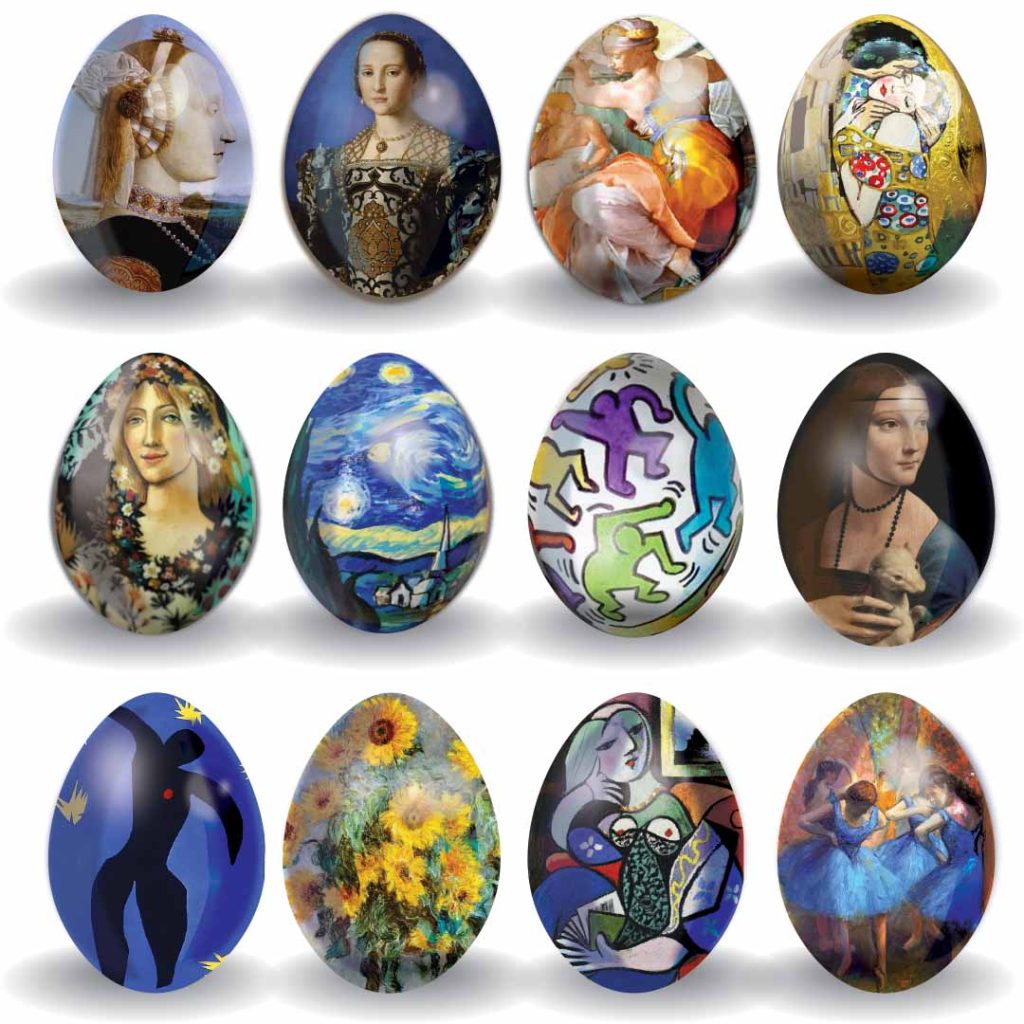
But Why Do We Paint Eggs at Easter?
Eggs have been symbols of life and rebirth long before the modern Easter tradition took hold. Decorating eggs dates back thousands of years, with ancient cultures in Persia, Egypt, and Mesopotamia exchanging colored eggs to celebrate springtime renewal.
In Christian tradition, the egg symbolizes Jesus’ resurrection and new life emerging from the tomb. Originally, eggs were dyed red to represent the blood of Christ shed at the crucifixion. Over time, the tradition evolved, and eggs became more elaborately decorated, featuring vibrant colors and intricate patterns that celebrate the joy of the season.
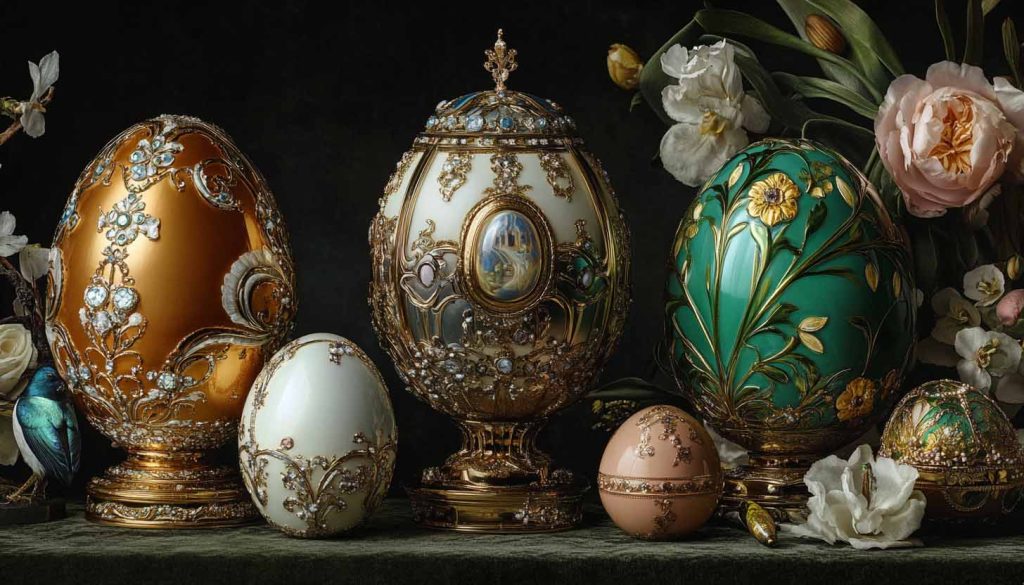
Egg-squisite! Luxury and Hidden Surprises fit for a Czarina.
Perhaps the most famous artistic eggs are the luxurious Fabergé eggs, created for Russian Tsars Alexander III and Nicholas II. This tradition began in 1885 when Tsar Alexander III commissioned jeweler Peter Carl Fabergé to craft a special Easter gift for his wife, Empress Maria Feodorovna. Fabergé’s creations became renowned for their detailed enamel painting, precious gemstones, and hidden surprises, such as miniature portraits and mechanical features. These exquisite eggs have since captivated art enthusiasts worldwide.
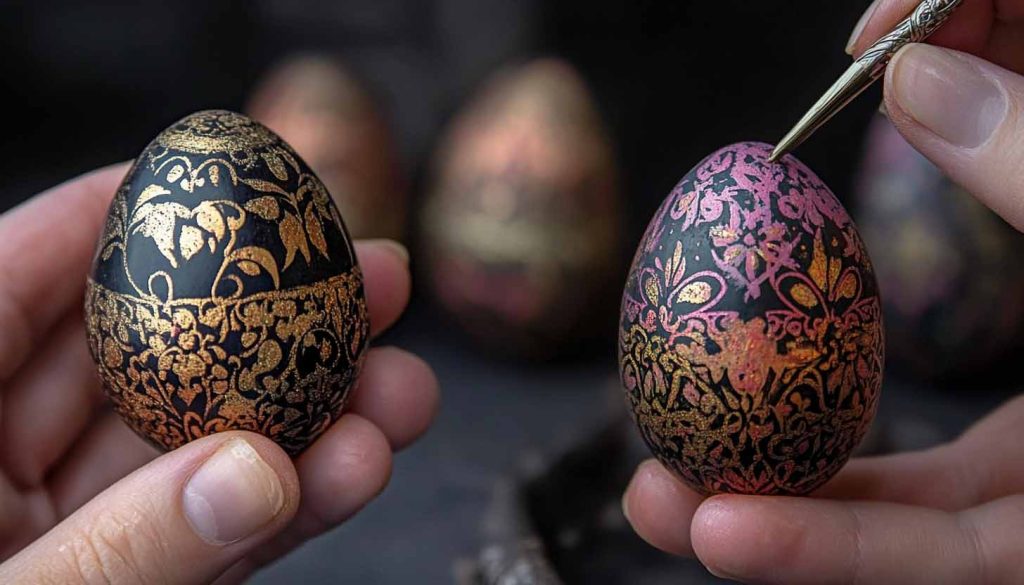
Layered in Tradition: The Egg-stra Meaning of Ukrainian Pysanky
Ukrainian pysanky eggs represent another celebrated tradition, dating back to pre-Christian times. Crafted using a wax-resist method, pysanky eggs are intricately decorated with symbolic geometric patterns and vibrant colors, each motif conveying messages of hope, prosperity, and renewal. Traditionally created during Lent and Easter, pysanky eggs have inspired countless artists and collectors due to their beauty and profound cultural significance.
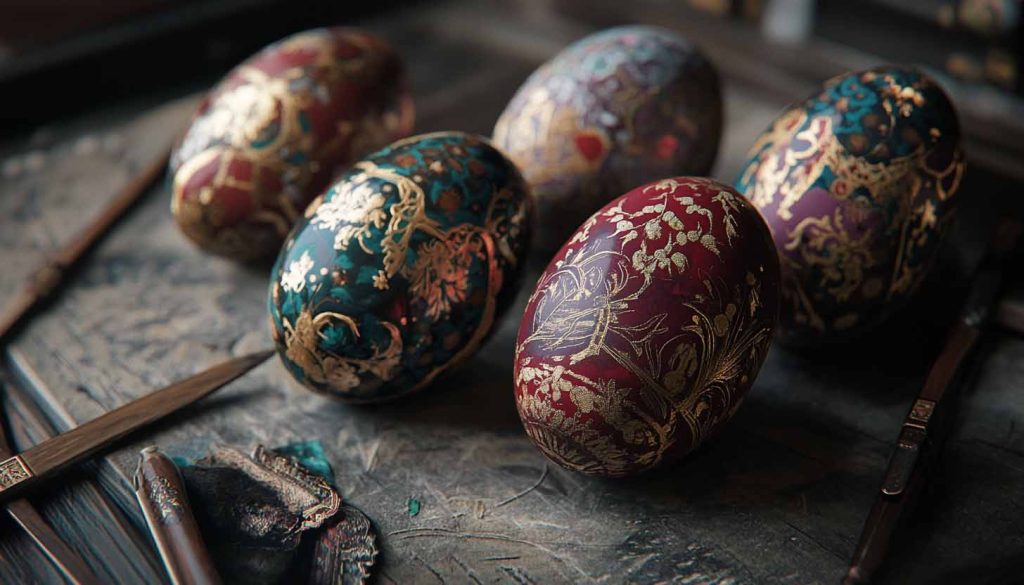
Still Lifes aren’t Just About Lobsters & Lemons — They also Contain Eggs!
Eggs have also featured prominently in art history through still-life paintings. Artists such as Jan Davidsz de Heem and Clara Peeters often included eggs among their detailed arrangements, symbolizing life’s fleeting nature, rebirth, and renewal. In religious art of the Renaissance and Medieval periods, eggs subtly depicted in paintings conveyed deeper spiritual meanings, symbolizing resurrection, purity, and hope.
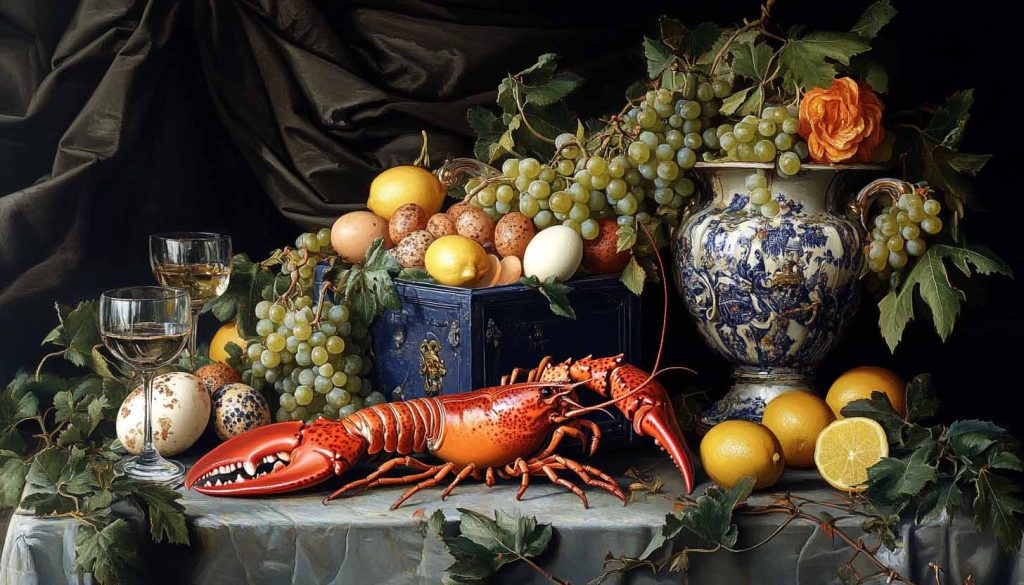
The Modern Egg: Surrealism & Hyperrealism Crack Open New Perspectives
Modern artists have continued to explore the symbolic potential of eggs in innovative ways. Salvador Dalí, a pioneer of surrealism, frequently featured eggs in his paintings and sculptures, symbolizing birth, regeneration, and enigmatic creativity. His “Metamorphosis of Narcissus” (1937) prominently features an egg symbolizing rebirth, transformation, and renewal, characteristic of surrealism’s exploration of subconscious symbolism.
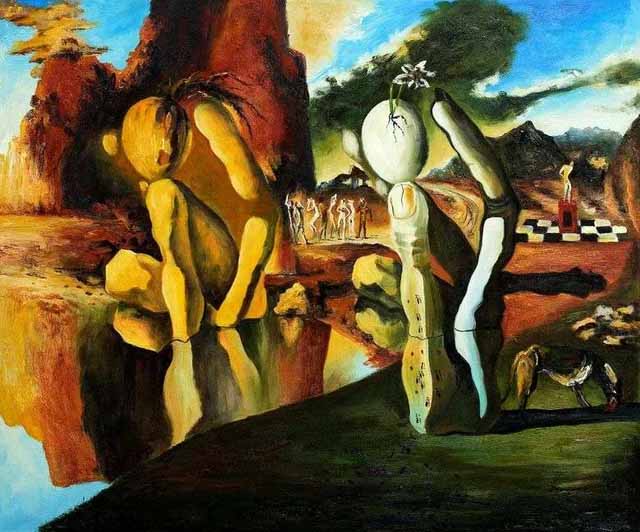
Contemporary photographers and hyperrealist artists, like Tjalf Sparnaay also create striking, detailed representations of eggs, playing with perspectives and textures to highlight their simplicity and profound symbolism. Parnaay is a renowned Dutch hyperrealist painter famous for his astonishingly realistic depictions of everyday objects, including eggs. His artwork, such as “Fried Egg”, captures eggs with remarkable detail and vividness, emphasizing textures, reflections, and lifelike precision.
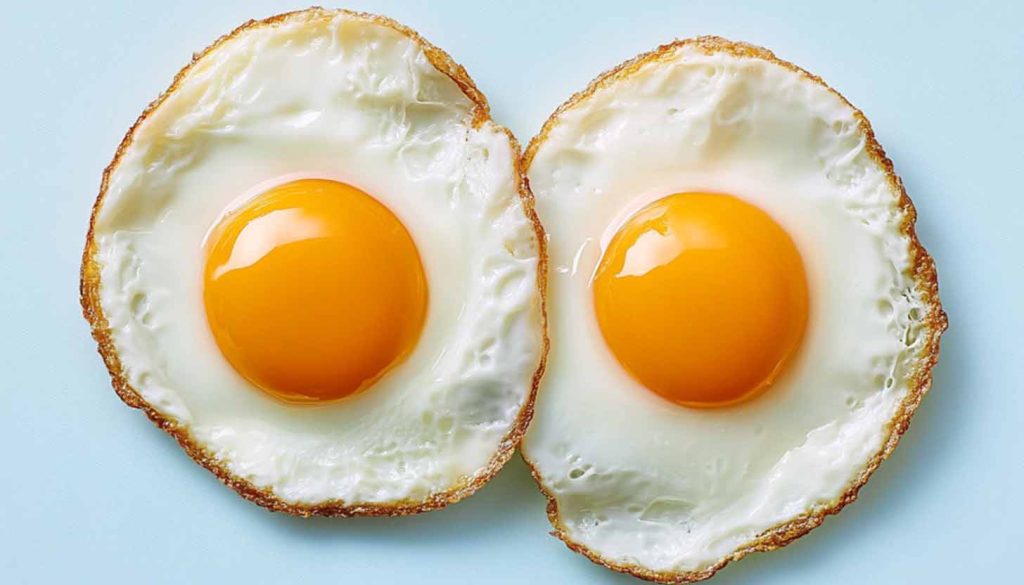
Egg-ceptional Feat: The World’s Largest Easter Egg
The largest decorated Easter egg ever recorded was created in Alcochete, Portugal, in 2008, standing over 48 feet tall! This giant egg was built as a festive celebration to bring communities together and promote local culture, symbolizing unity, creativity, and the joyful spirit of Easter.
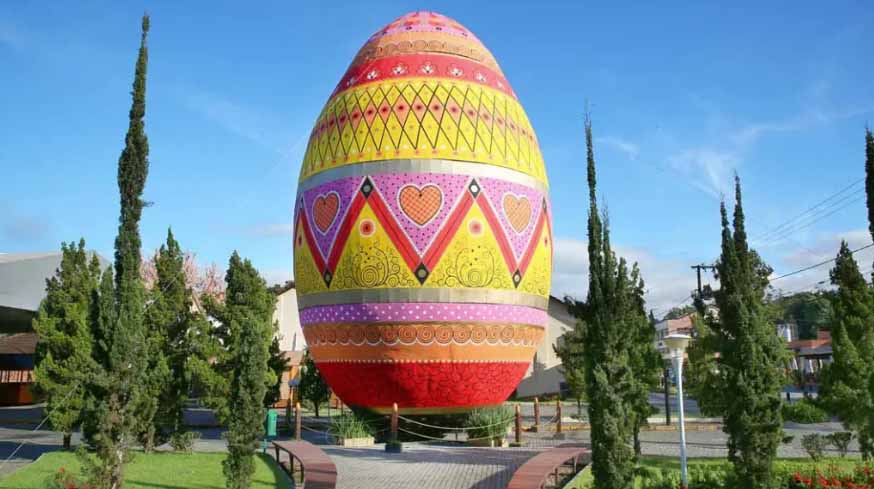
Keeping the Egg-cellent Tradition Alive
Decorating Easter eggs is not only a delightful pastime but also a wonderful way to connect with artistic traditions that stretch back millennia. Each egg we color or paint carries forward a tradition rich in symbolism and creativity.
So, grab your paints, dyes (even computers) and eggs and celebrate this joyful season by creating your own masterpiece. Have an EGG-CELLENT time!
Happy Easter! And Happy Egg Decorating!
Yours, in Art History!
